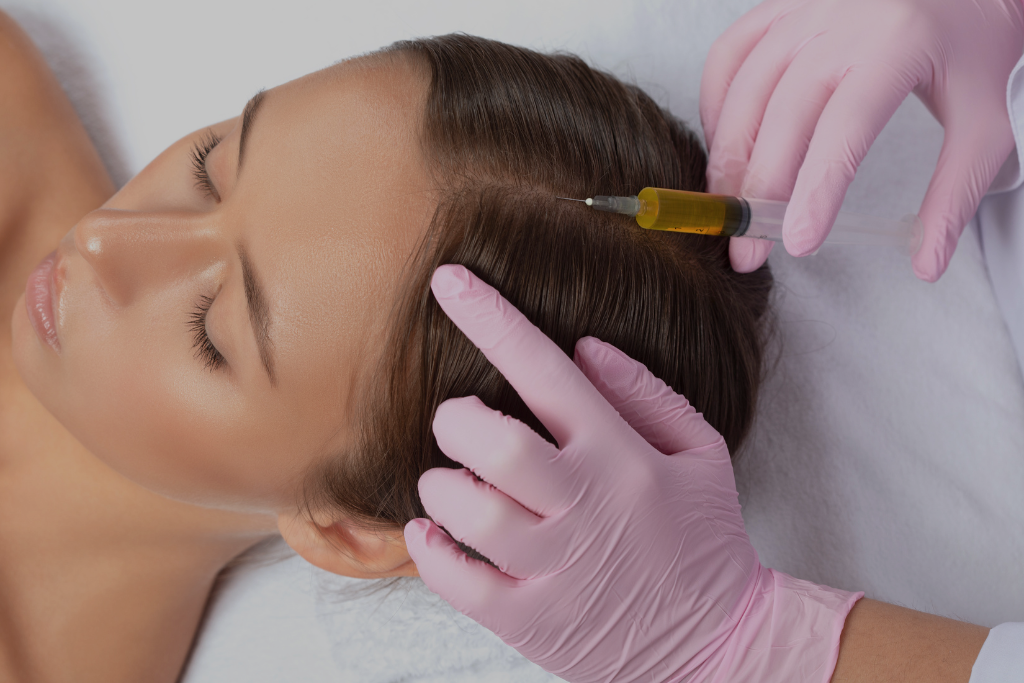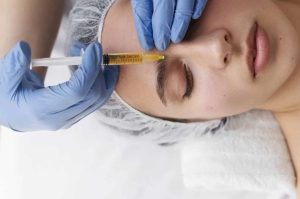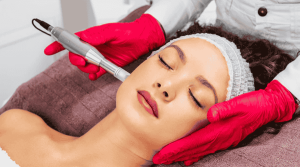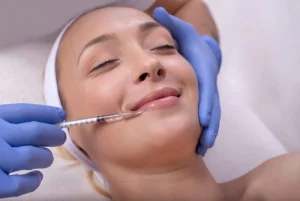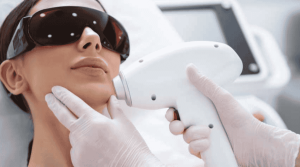Introduction
Hair loss affects millions of people worldwide, causing not just physical changes but often emotional distress as well. For those seeking solutions, platelet-rich plasma (PRP) therapy has emerged as a promising non-surgical procedure for hair restoration. At Beauty Aesthetics, Toronto, we understand the frustration and concern that comes with thinning hair and pattern baldness. As specialists in regenerative medicine approaches to hair restoration, we’ve helped numerous clients navigate their journey toward healthier hair growth. This comprehensive guide will explore the timeline for PRP hair treatment results, factors that influence effectiveness, what to expect during treatment, and why our clinic offers an exceptional option for those considering this innovative approach to combating various types of hair loss.
Understanding PRP Hair Treatment
What Is Platelet-Rich Plasma Therapy?
Platelet-rich plasma therapy for hair loss involves extracting a small blood sample from the patient, processing it to create a concentrated plasma with high platelet concentration, and then reinjecting this platelet-rich solution into specific areas of the scalp. The concentrated platelets contain essential growth factors that stimulate hair follicles, potentially awakening dormant hair follicles and enhancing the healing process within the scalp tissue. The treatment leverages the body’s natural healing mechanisms to promote hair regrowth and increase hair density over time.
The Science Behind PRP Hair Restoration
The effectiveness of PRP hair treatment is based on the biological properties of platelets and their role in tissue repair. When your blood is processed, the platelet concentration becomes significantly higher than in routine blood, often reaching 5-10 times the baseline platelet concentration. These concentrated platelets release platelet-derived growth factors that stimulate cell growth, improve blood circulation to hair follicles, and extend the growth phase of the hair cycle. The epidermal growth factor and other growth factors present in PRP can activate stem cells in the hair follicle, potentially reversing miniaturization and improving overall hair thickness.
Types of Hair Loss Responsive to PRP
PRP therapy shows promise for several forms of hair loss, with androgenetic alopecia (male and female pattern baldness) being the most common type treated. This hormone-related baldness typically responds well to PRP treatments. Other conditions like alopecia areata (patchy hair loss) may also benefit, though results can vary. PRP is generally less effective for cicatricial alopecia or advanced cases where hair follicles are completely damaged. Understanding your specific hair loss condition is crucial for determining whether PRP is an appropriate treatment option.
The Timeline for PRP Hair Treatment Results
Immediate Post-Treatment Phase (1-2 Weeks)
Immediately following treatment, patients might notice some scalp redness and minor swelling at the injection sites. This is normal and indicates that the healing process has begun. During this initial period, the growth factors within the platelet concentrate start activating, though visible changes to hair are not yet apparent. The blood components begin their work of improving blood flow to the scalp, creating a foundation for future hair growth.
Early Response Phase (2-3 Months)
Around the 2-3 month mark, many patients begin to notice the first signs of improvement. This often manifests as a reduction in hair shedding rather than new growth. Where you might have previously lost 50-100 hairs per day, you may notice significantly less hair falling out. Some patients also report that their existing hair appears somewhat thicker and healthier during this phase as the platelet-rich plasma therapy begins to take effect on the hair follicles.
Visible Growth Phase (4-6 Months)
The 4-6 month period typically marks when more noticeable improvements in hair density and thickness become visible. Clinical studies have shown that measurements of hair count and hair thickness often show significant increases by this point. New hair growth usually appears fine at first but gradually becomes more substantial. During this phase, many patients report increased satisfaction with their hair’s appearance, noting that areas of thinning seem less pronounced.
Optimal Results Phase (6-12 Months)
For most patients, the full benefits of PRP hair treatment become evident between 6-12 months after beginning therapy. By this point, those responding well to treatment typically experience the maximum improvement in hair density, with healthier, thicker hair becoming established. A comparative study published in Dermatol Surg showed that patients reached peak improvement around the 12-month mark, with significant increases in both hair count and hair thickness compared to baseline measurements.
Factors Affecting PRP Hair Treatment Timeline
Individual Patient Factors
Several personal factors influence how quickly and effectively PRP works for hair restoration. Age plays a significant role, with younger patients often responding more rapidly. The extent of hair loss is another crucial factor—those with recent or moderate thinning typically see results sooner than those with longstanding or severe baldness. Patients’ overall health status, including conditions like diabetes or blood disorders, can affect treatment outcomes, as can lifestyle factors such as smoking, which may impair blood circulation and slow the healing process.
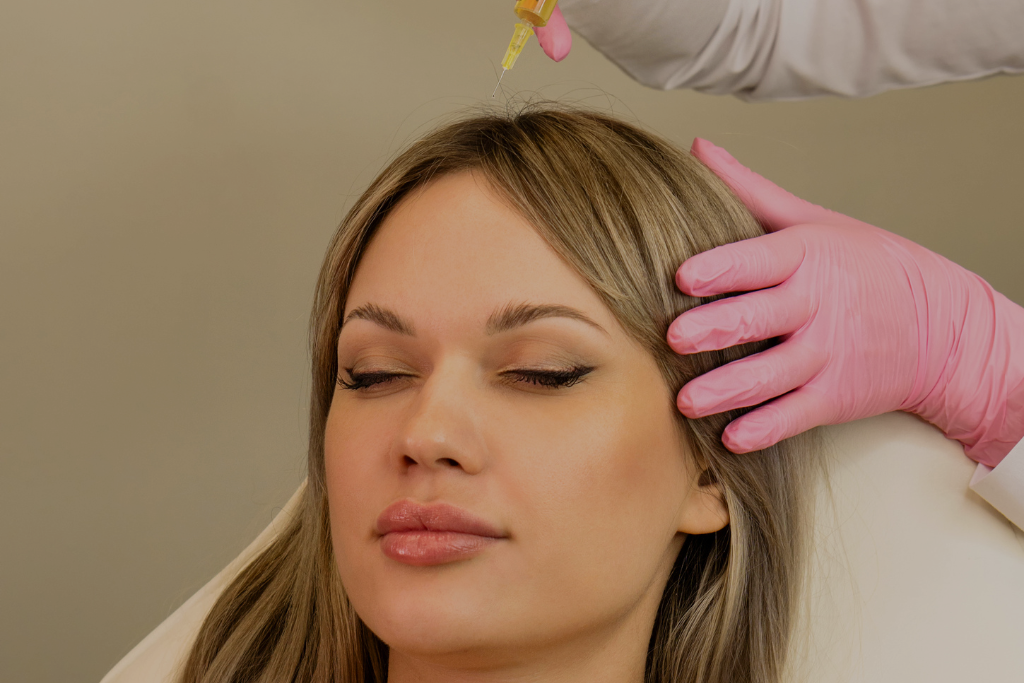
Treatment Protocol Variables
The specific approach to PRP administration significantly impacts results. The concentration of platelets achieved during processing can vary between 2-8 times baseline levels depending on the equipment used. Systems like Arthrex Angel or Cervos Key PRP may produce different platelet concentrations. The treatment plan, including the number of initial sessions and their spacing, affects the timeline—most protocols recommend 3-4 treatments spaced 4-6 weeks apart. Injection technique matters as well, with depth and distribution of injections influencing how effectively the platelet-rich solution reaches hair follicles.
Complementary Treatments
When PRP is combined with other hair loss therapies, results may appear more quickly or be enhanced. Many professionals recommend using PRP alongside prescription medications like finasteride or minoxidil for androgenic alopecia. Combining PRP with low-level laser therapy may accelerate improvements in blood supply to the scalp. Some clinics also incorporate topical medications with active ingredients that support hair growth when used after PRP treatment sessions.
Why Choose Beauty Aesthetics, Toronto
Our Specialized Expertise
At Beauty Aesthetics, Toronto, our team includes experienced professionals specifically trained in PRP hair restoration procedures. Our staff stays current with the latest research and techniques in regenerative medicine approaches to hair loss. We’ve helped hundreds of patients with various forms of hair loss, including male and female pattern baldness, and have developed protocols optimized for different hair loss conditions. Our knowledge extends to complementary treatments that can enhance PRP results, allowing us to create truly customized treatment plans.
Advanced Technology and Methods
Our clinic utilizes state-of-the-art equipment for processing PRP, ensuring optimal concentration of platelets while minimizing white blood cell contamination that can increase inflammation. Our protocols are based on the most current evidence from studies published in respected journals such as Dermatol Venereol Leprol and Dermatol Soc Dermatol Surg. We carefully monitor and adjust our techniques based on patient outcomes and emerging research, incorporating innovations that improve efficacy while maintaining Health Canada compliance.
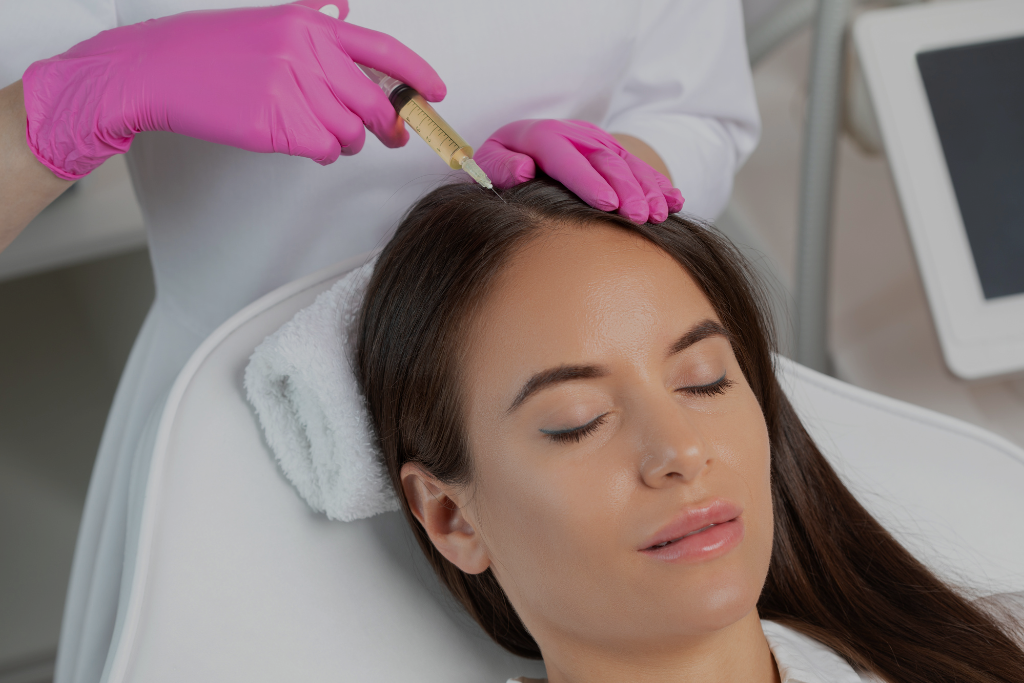
Comprehensive Care Approach
We understand that hair loss treatment goes beyond the technical aspects of PRP administration. Our approach includes detailed pre-treatment preparation guidelines, comprehensive post-treatment care instructions, and regular follow-up assessments to monitor progress. We consider factors like stress, nutrition, and overall health that might impact hair growth and offer guidance to optimize these aspects of care. This holistic perspective ensures our patients receive support throughout their entire hair restoration journey.
Transparent Communication
At Beauty Aesthetics, we prioritize setting realistic expectations through clear, honest communication about PRP treatment outcomes. We provide detailed information about the expected timeline for results, potential limitations, and factors that might influence effectiveness. Our transparent approach extends to treatment costs, with clear pricing and potentially flexible financing options for those concerned about credit score impact. We believe informed patients are more satisfied with their treatment experience, regardless of the specific outcomes achieved.
Conclusion
PRP hair treatment offers a promising approach for many struggling with hair loss, but understanding the timeline for results is crucial for maintaining realistic expectations. Most patients begin seeing noticeable improvements within 3-6 months, with optimal results typically appearing around 6-12 months after beginning treatment. At Beauty Aesthetics, Toronto, we combine advanced PRP techniques with comprehensive care to maximize your results throughout this journey. By working with experienced professionals who understand the science behind platelet-rich plasma therapy, you can make informed decisions about this innovative approach to hair restoration and embark on your path to healthier, fuller hair with confidence.

